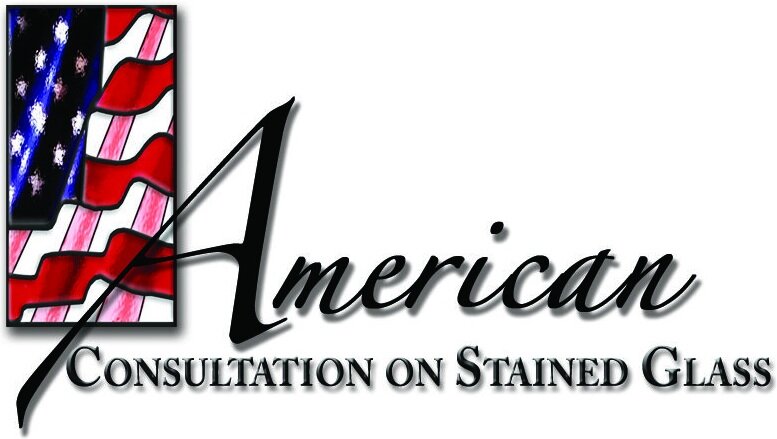Insurance Appraisals
Perhaps you’re more concerned with learning the value of your church or synagogue’s stained glass in case of harm or for insurance purposes. Your stained glass is probably worth more than you realize! And the stained glass is about the most vulnerable of all a churches’ assets. Why? It is in harm’s way…subject to hail, wind, heat, fire, hurricanes, vandalism, and burglary.
Is your stained glass insured for the present day value? Do you have the stained glass photographic detail preserved in case of disaster? Are your windows properly protected from the elements?
The American Consultation of Stained Glass has the expertise and experience to provide your congregation with the up-to-date stained glass insurance appraisal, accompanied with the photographic detail required to assist the stained glass artist to replicate priceless windows in times of the unthinkable.
What do we consider when appraising stained glass? Several factors can determine the replication value of a window, including these aspects:
Painted/Fired > Stained: Some pieces of stained glass are simply cut from a sheet of colored glass and leaded into a stained glass window. Even painted/fired pieces with simple shadings or a stencil designs are more expensive than straight colored glass.
Varied Lines > Straight Lines: The cost of the design plus the labor involved in specialized glass cutting all contribute to the higher cost of a varied line when compared to that of a straight line.
Multi-Layer > Single-Layer: Many artisans of the past — and a few of the present — used two to four layers of leaded, opalescent stained glass to accomplish the exact color or shading they desired. This is a common feature of La Farge and Tiffany windows, giving them a 25:1 replacement value compared to simple leaded glass.
Design > No design: An intricate custom-painted design may have a 10:1 replacement value when compared to a leaded (non-painted) window with simple leadlines.
Figures > Medallions > Symbols: Stained glass tells a story in one of three ways: a single piece of glass with a painted scene (symbol); multiple pieces of leaded glass form a unique design within a larger, simpler design (medallions); and more complex and expensive figures, which are typically larger than medallions, either take up a significant portion of the window lancet or possibly the bulk of the entire window.
Glass sizes: All things being equal, the smaller the stained glass pieces, the greater the value. Smaller pieces require more glass cutting and lead.
Age: Age is also an important factor. For instance, old windows are generally worth more than new. The older the window (even with the same design), the more difficult it is to replace. Older sheets of stained glass are almost impossible to match. In addition, fade can be an issue if only one or two pieces are broken and need to be replaced.
Other factors must be weighed when determining the cost of replacing stained glass. Some of these include the work’s origin; its current condition; and the presence or lack of a protective coating.

